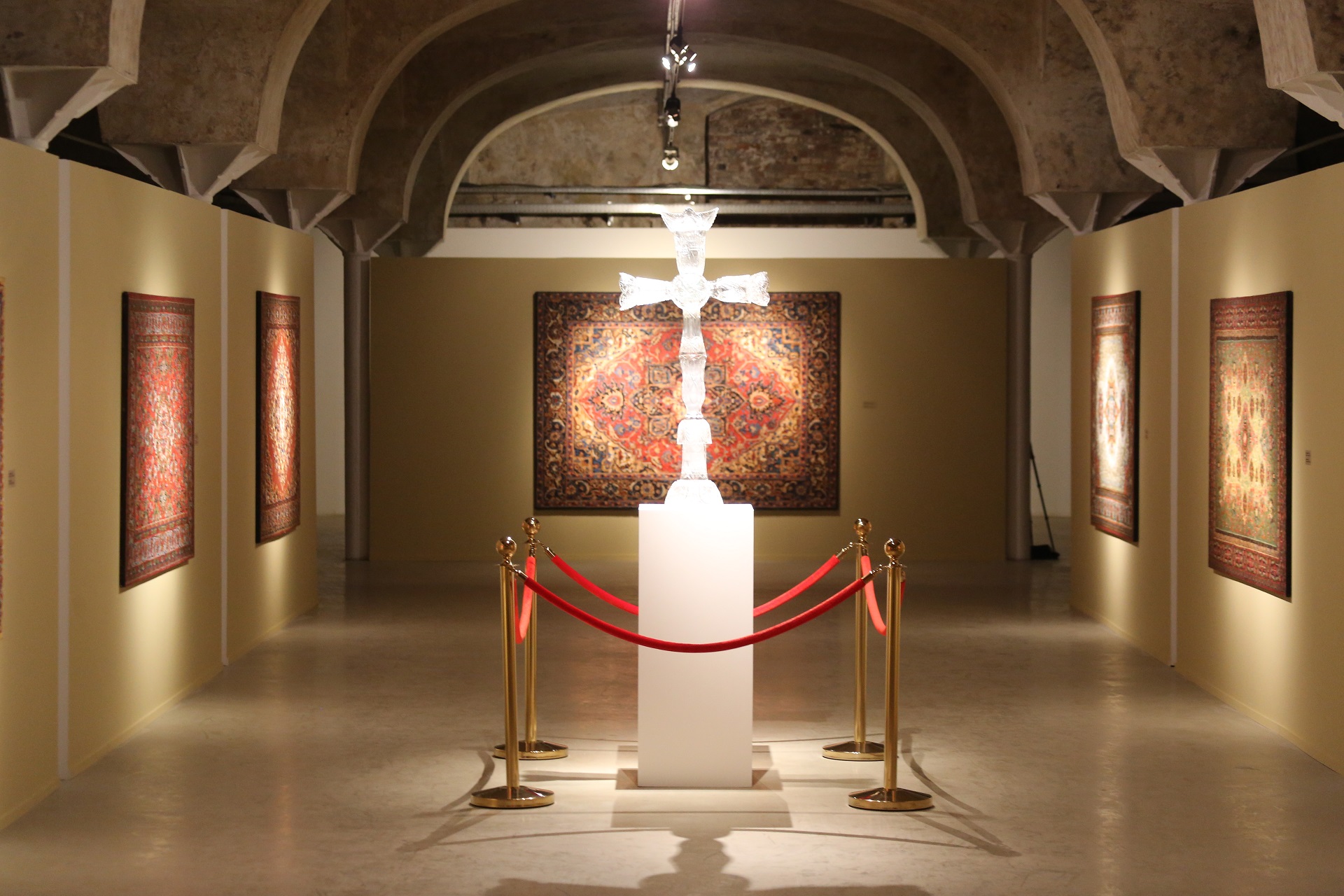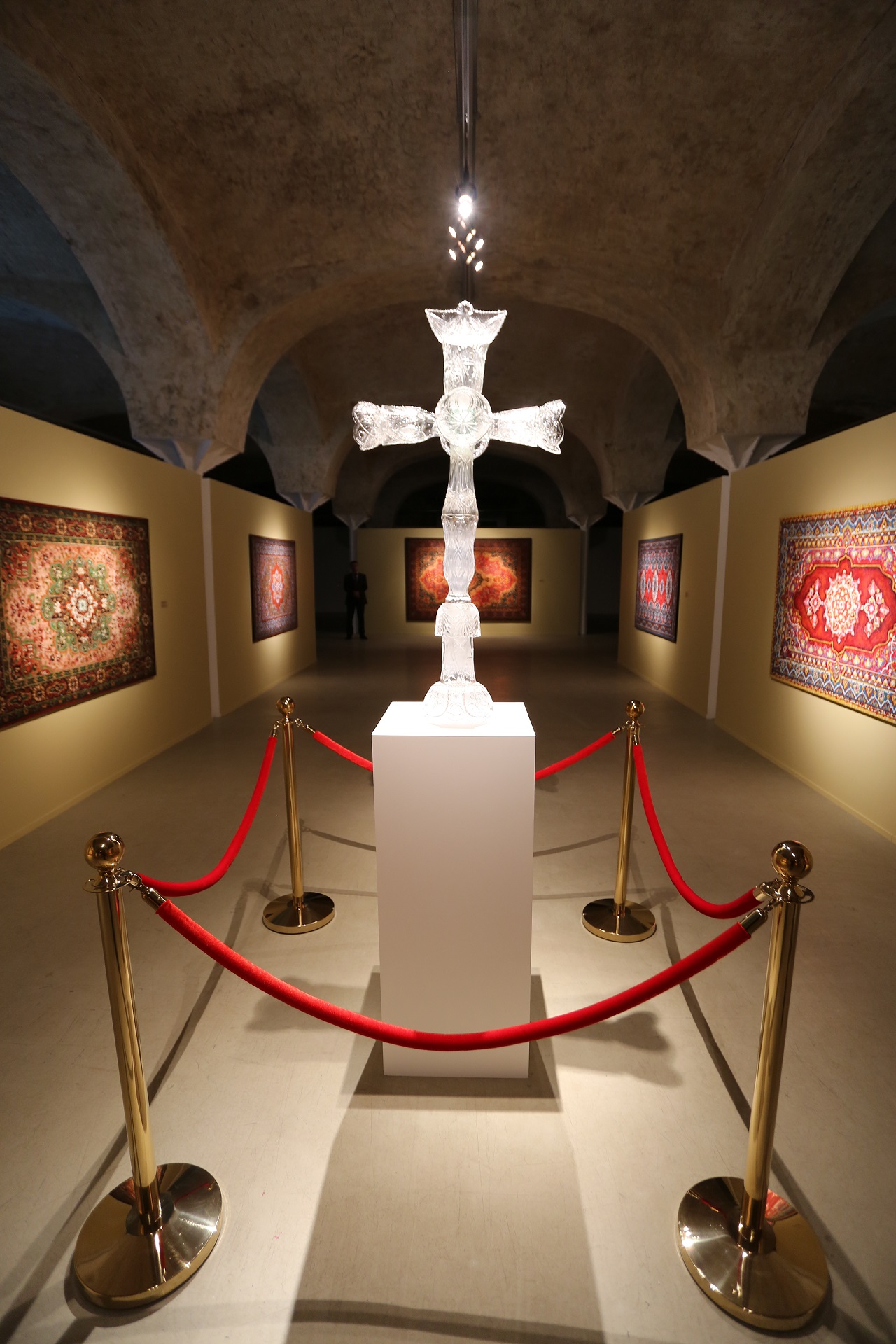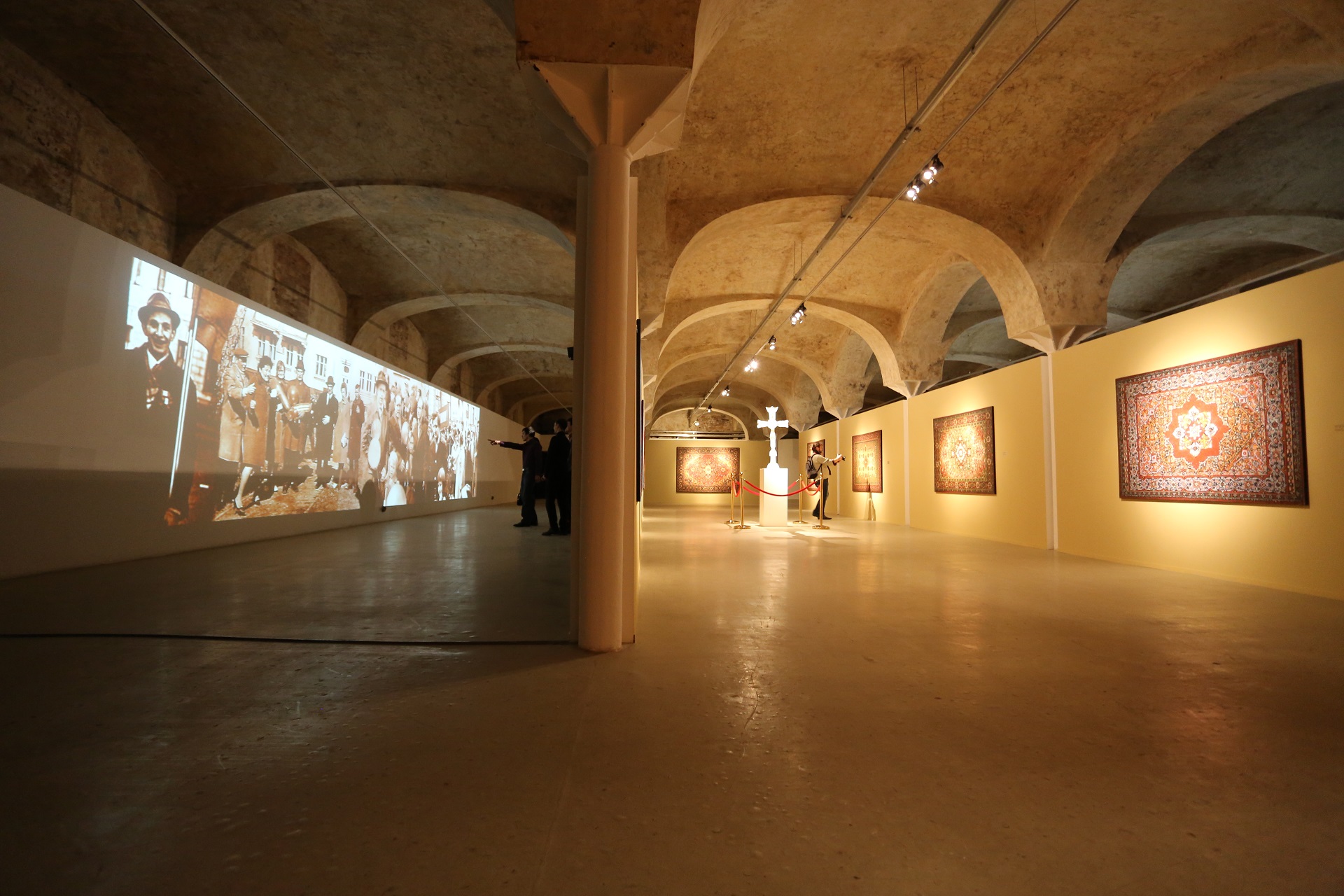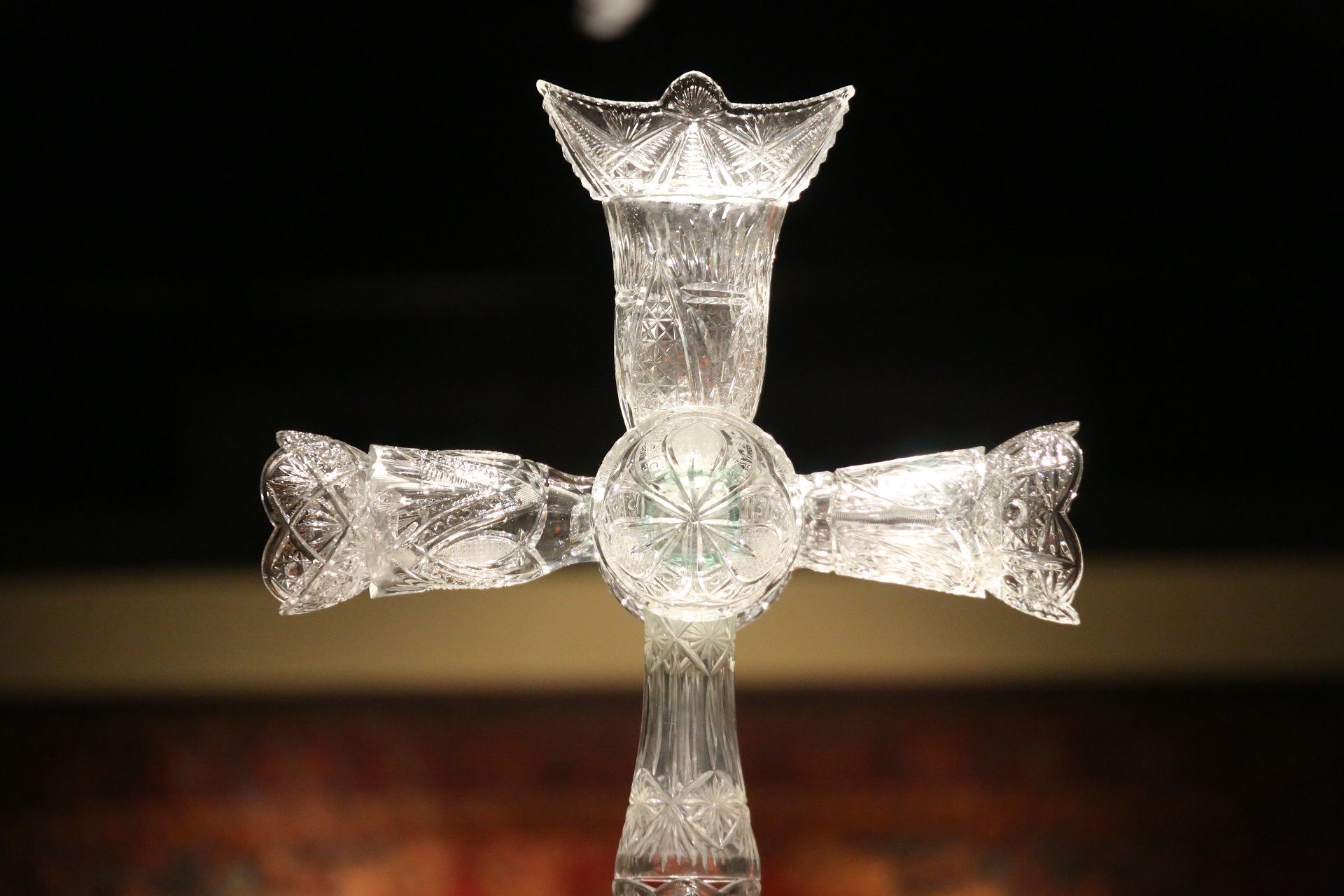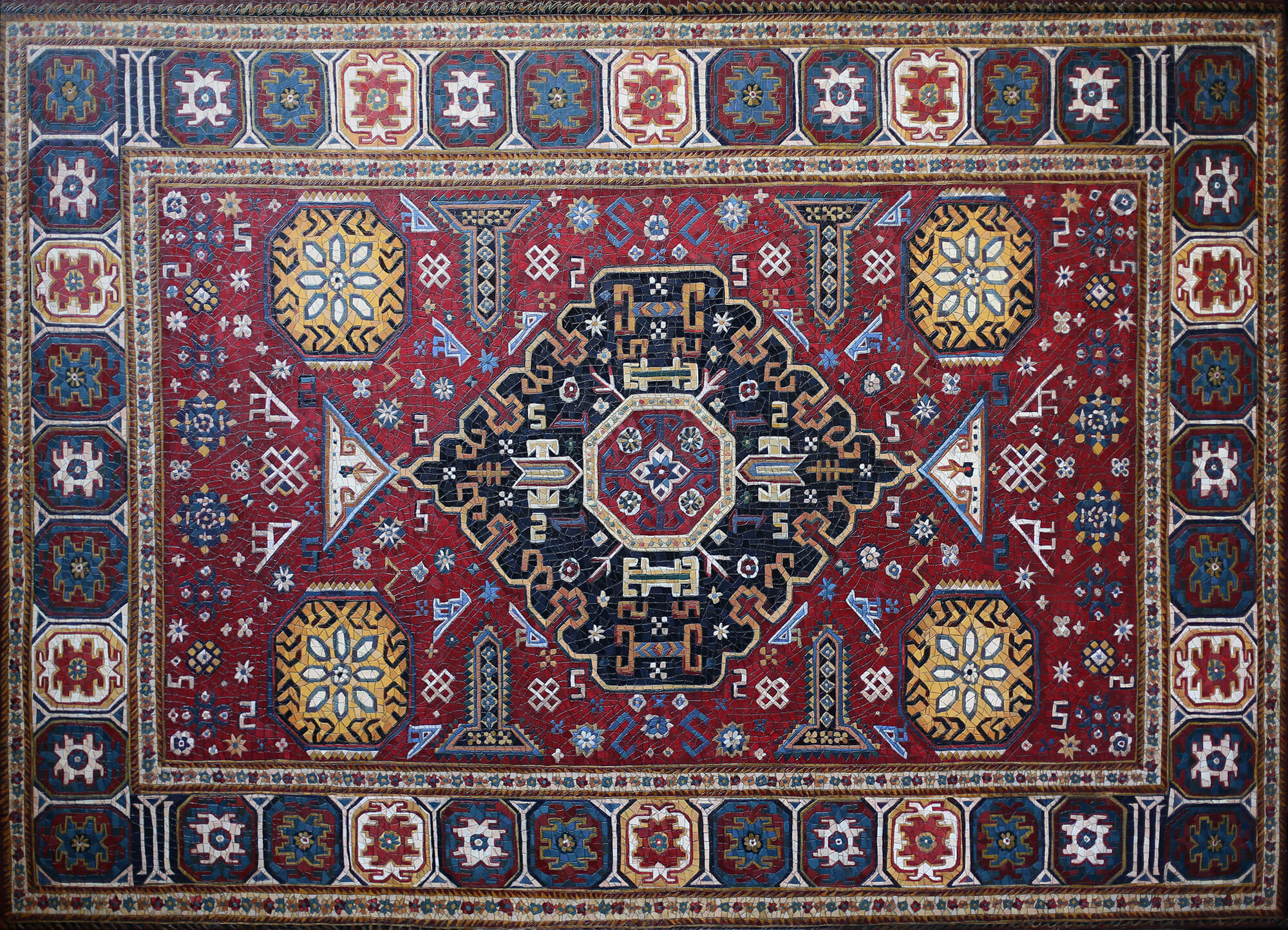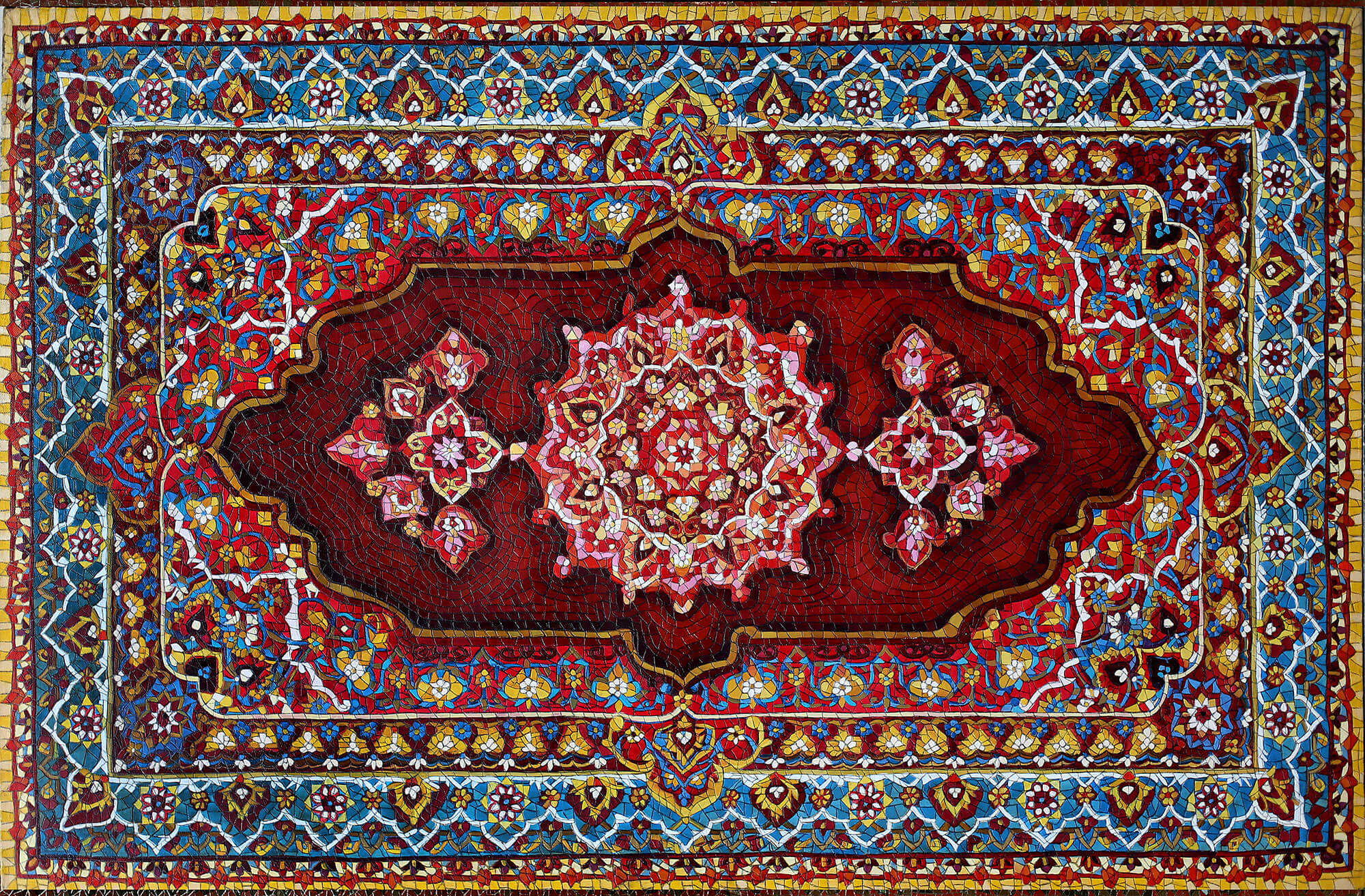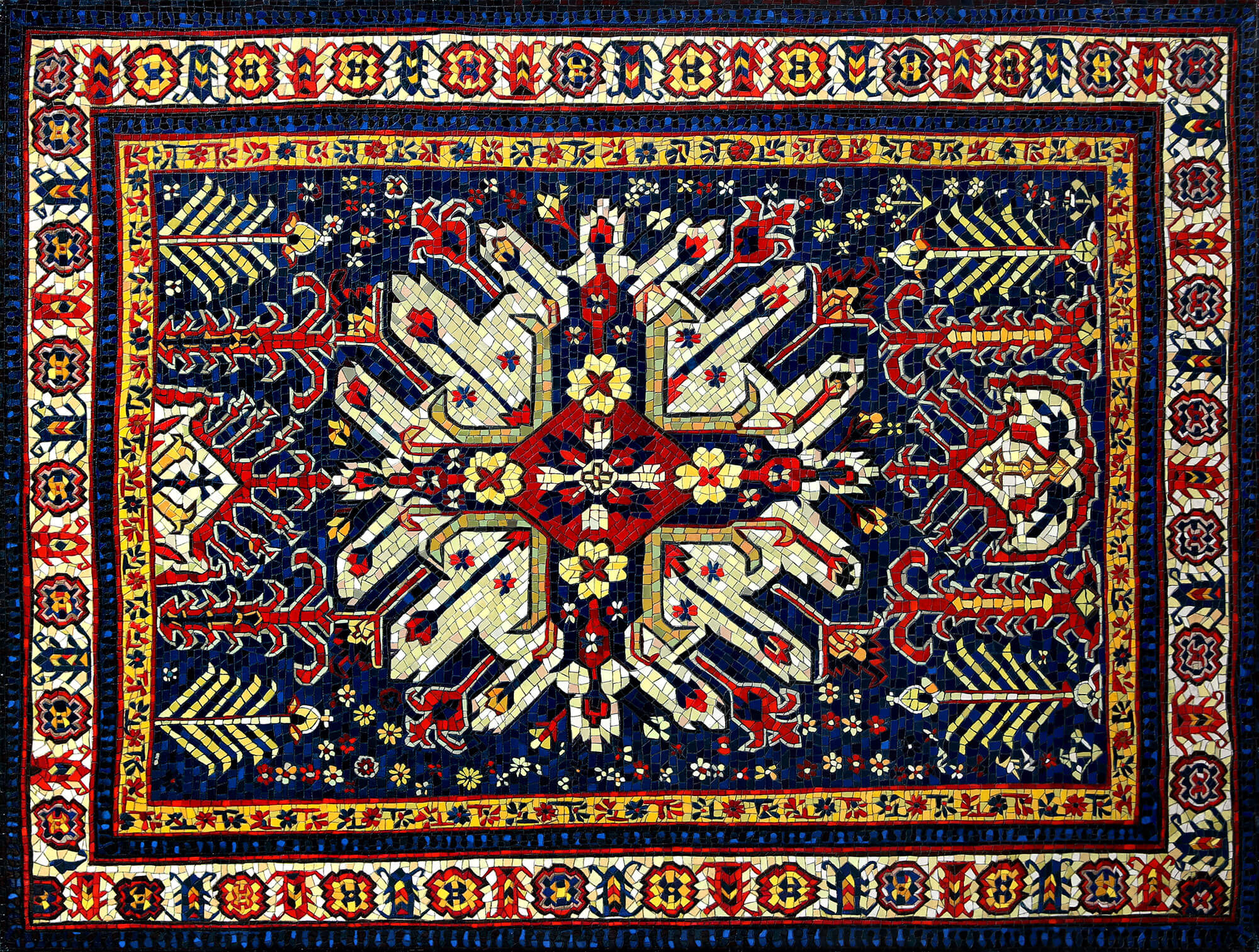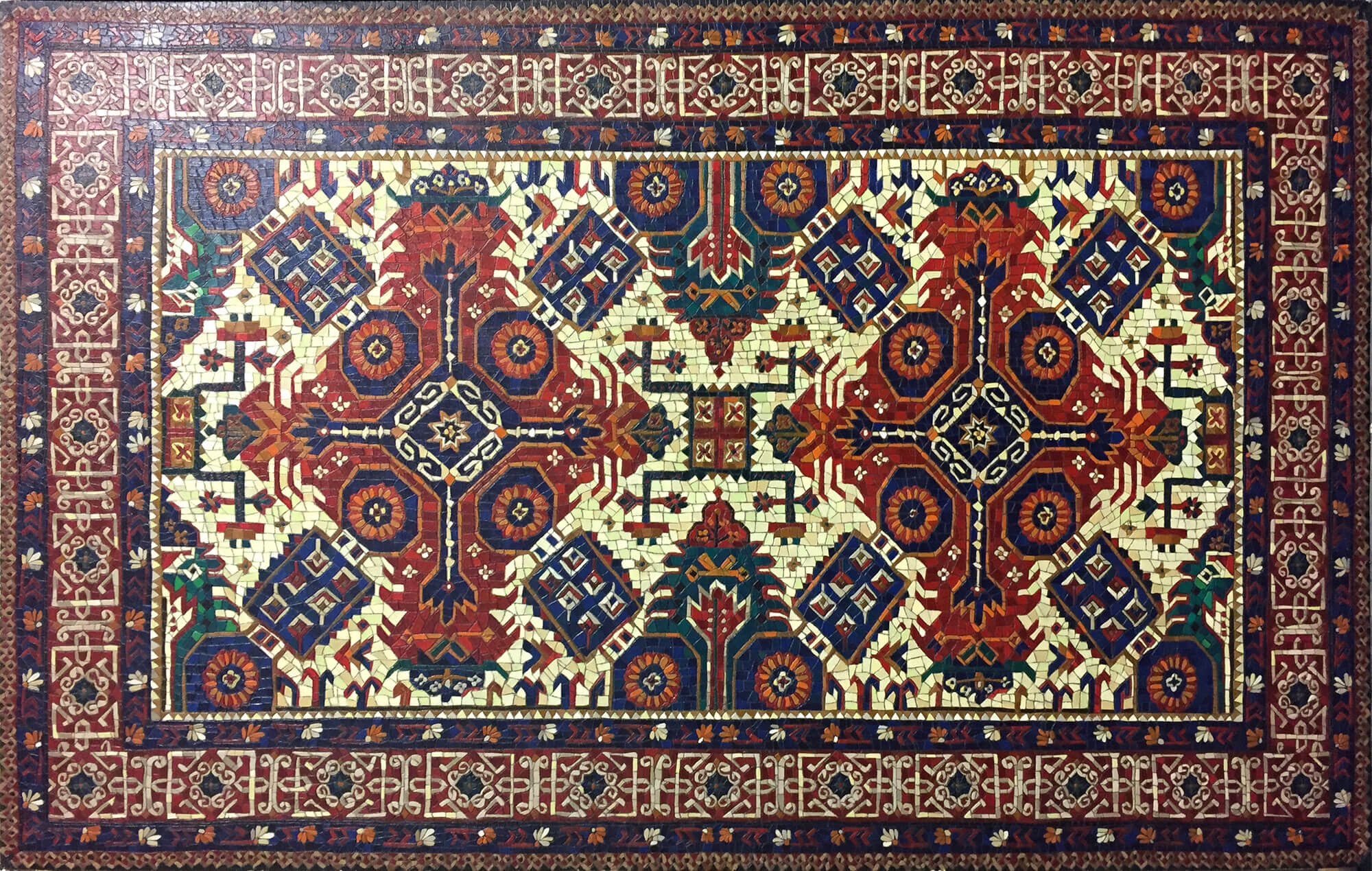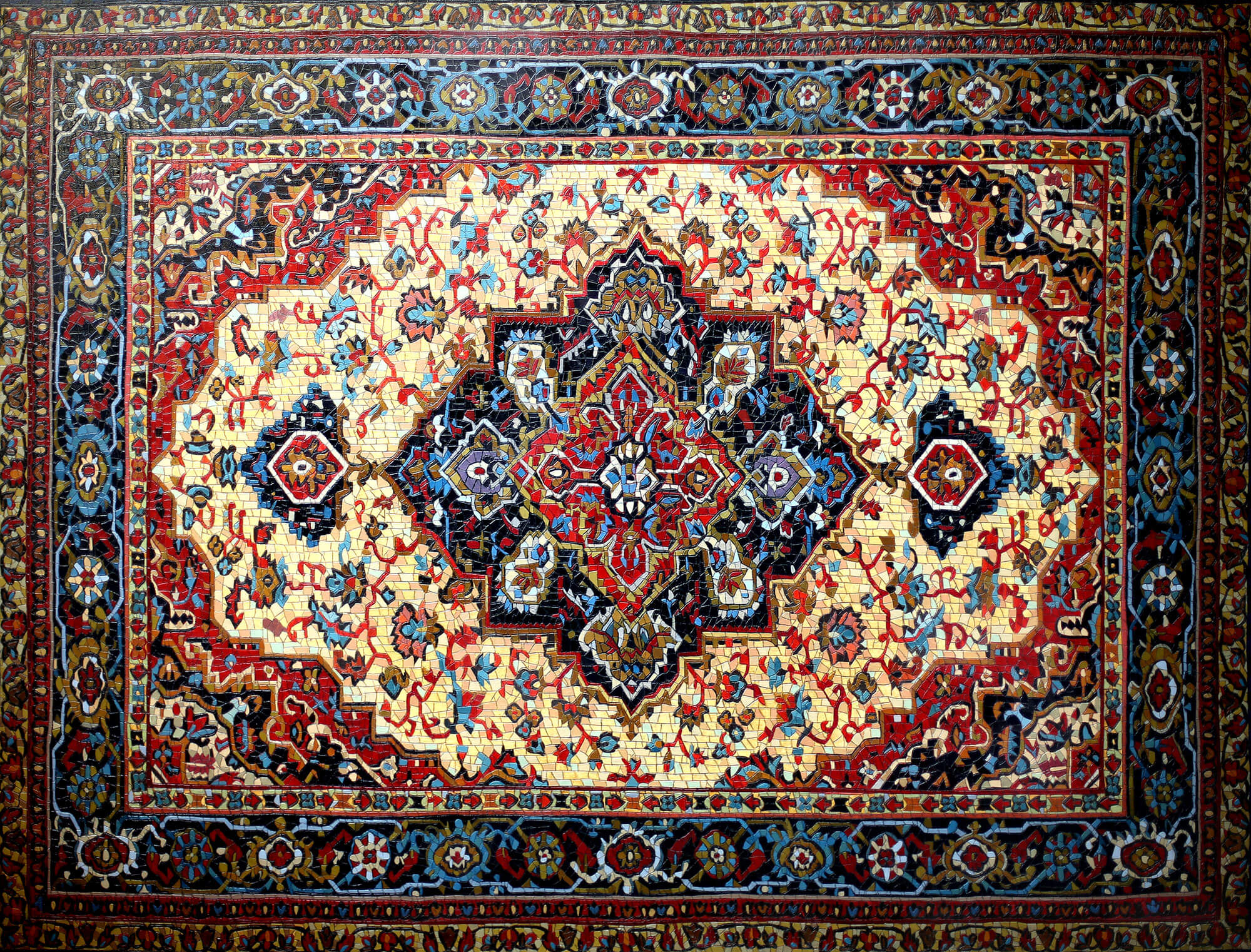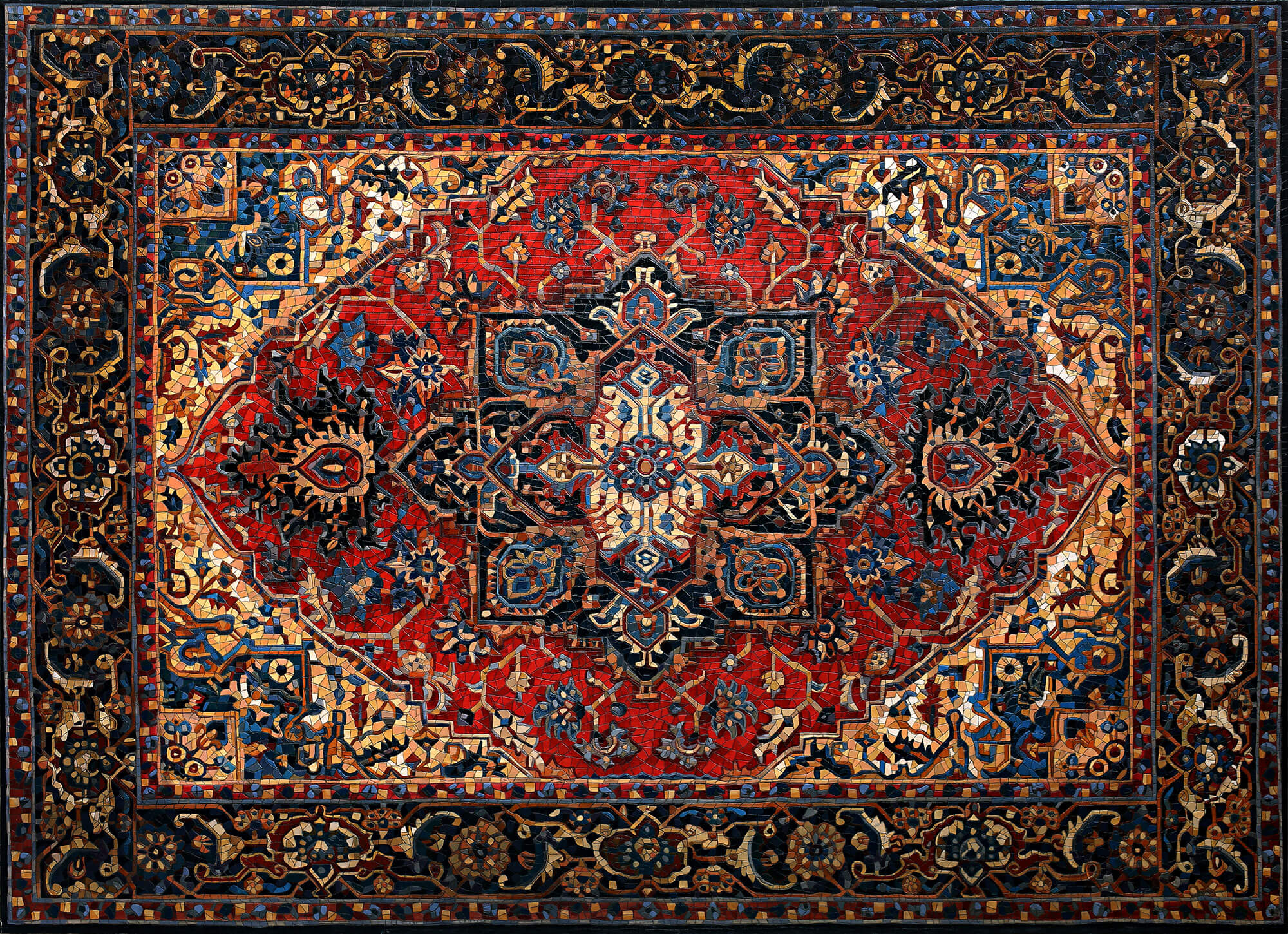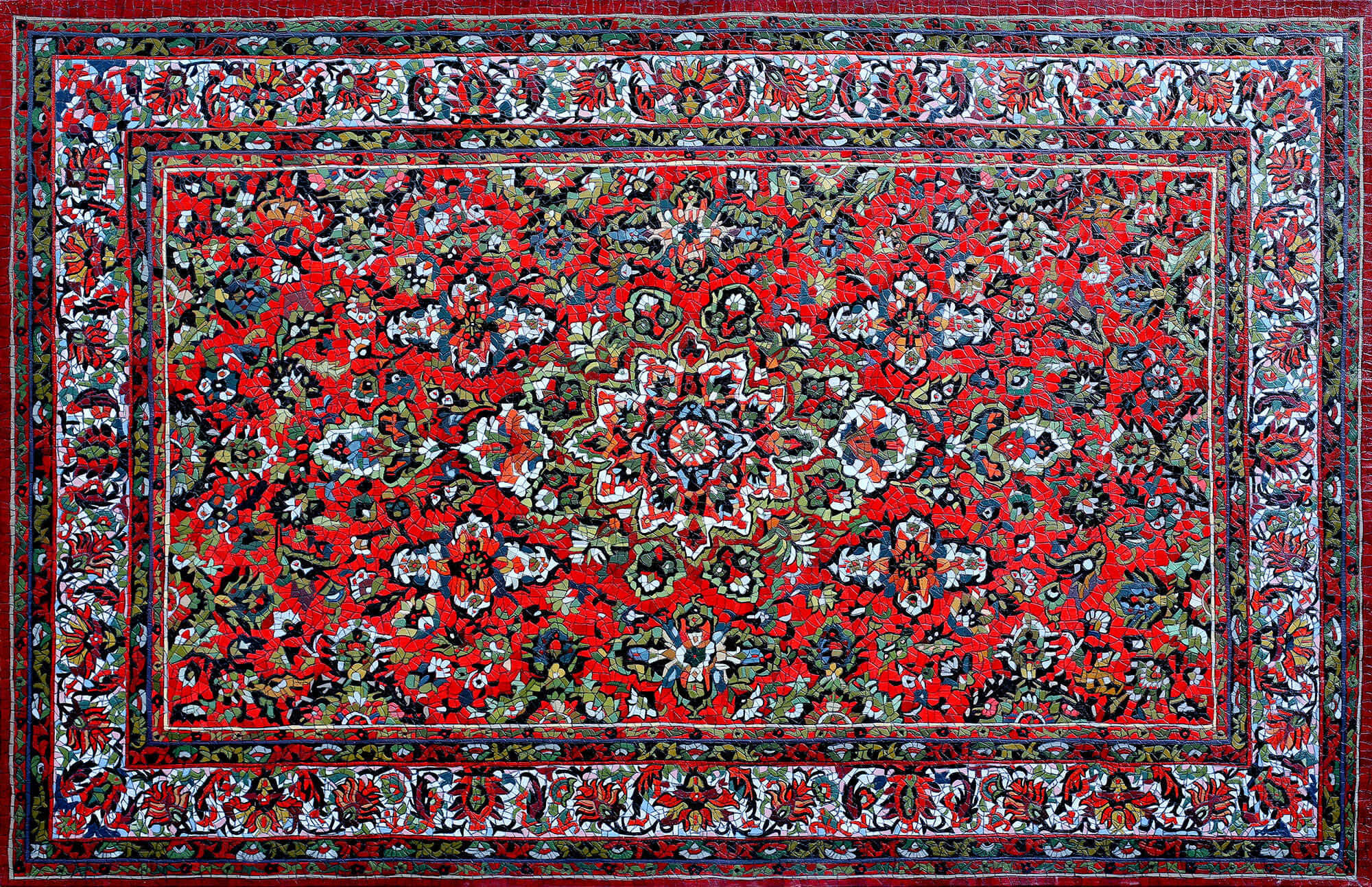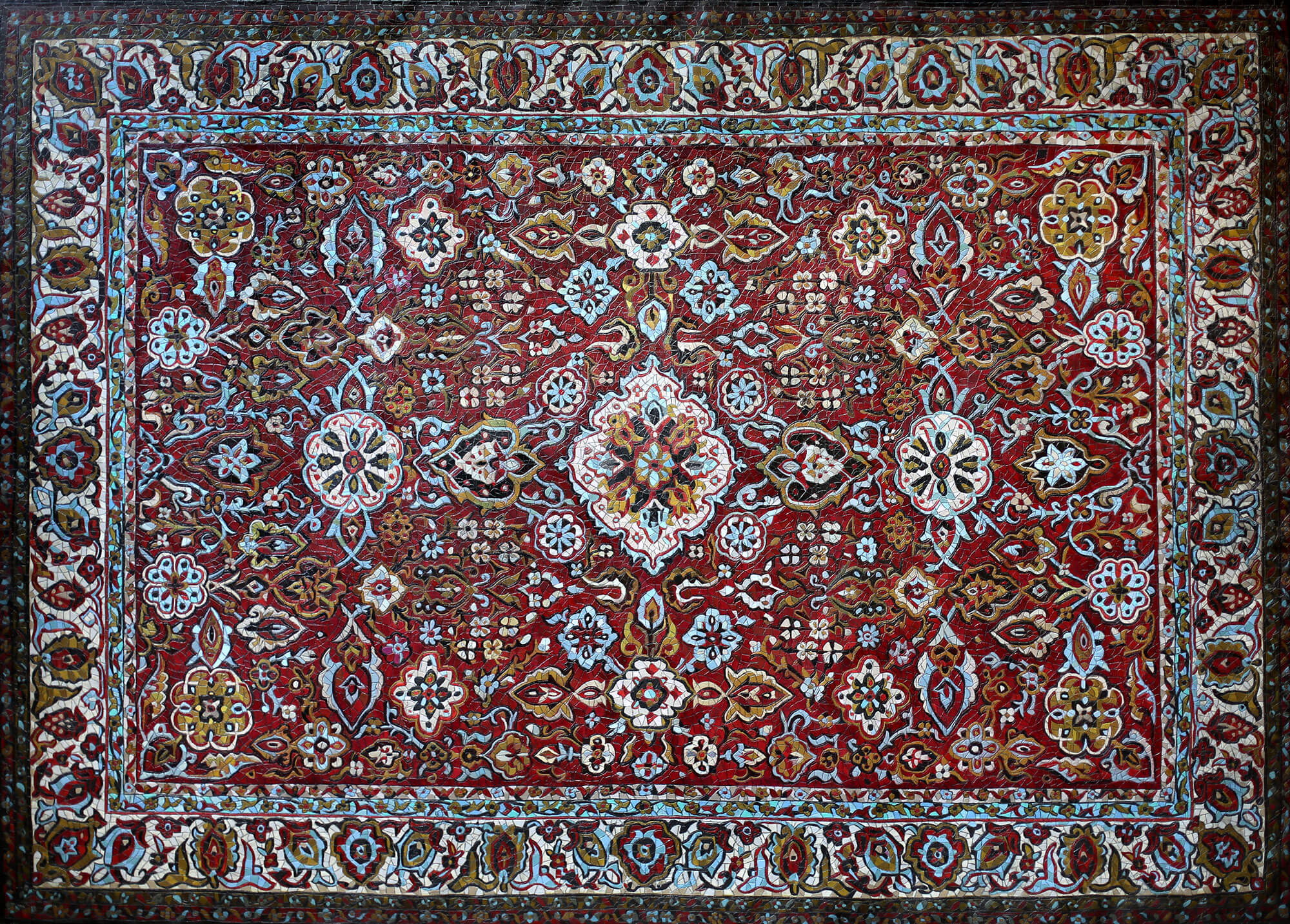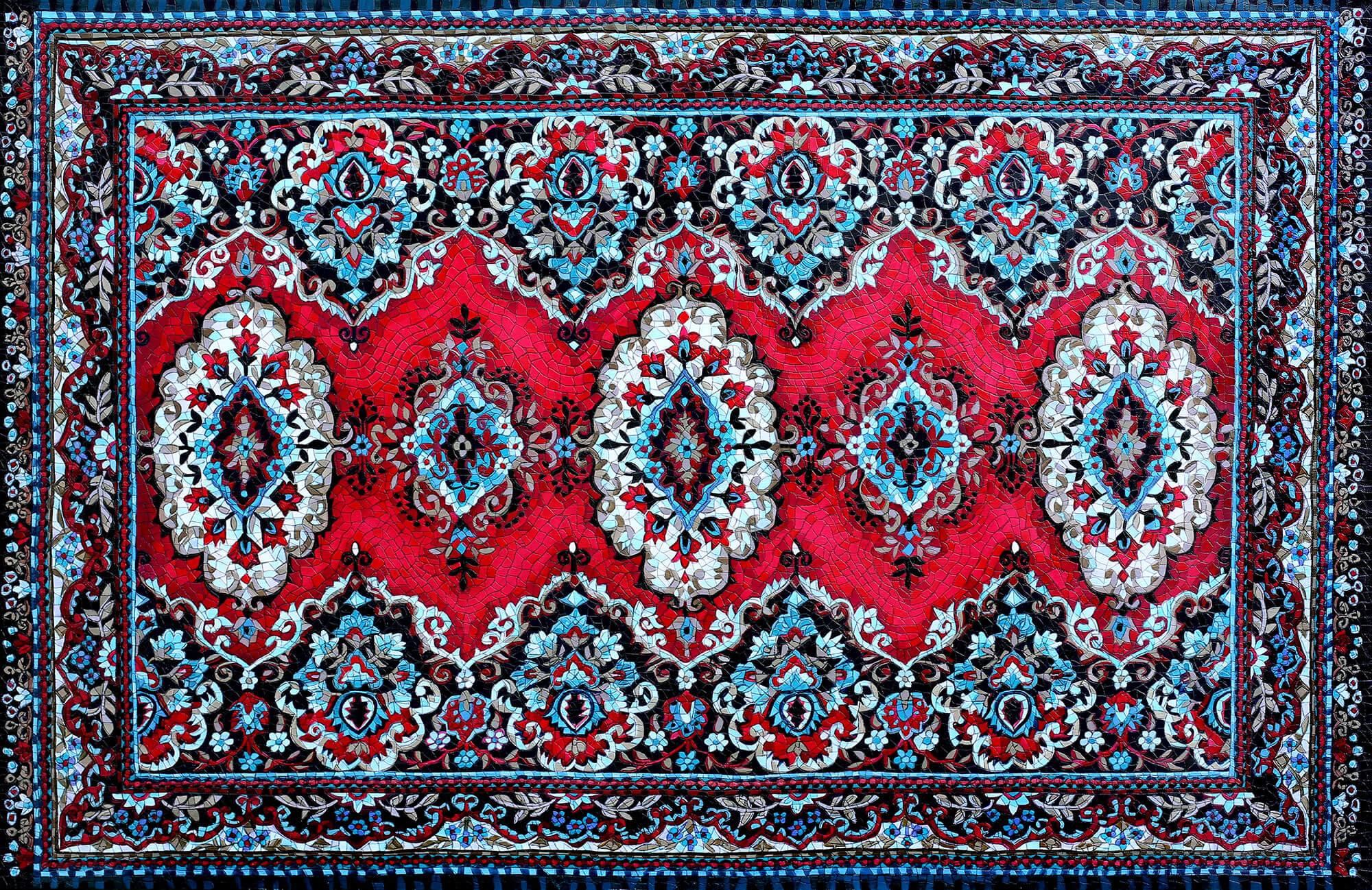SOVIET MANDALA
Soviet mandala
Dedicated to my mother Gankevich Maria Alexandrovna.The Tibetan translation of the Sanskrit word "mandala" (dkyil-'khor) literally means "that which surrounds the center". The center carries a meaning, and its environment - the Mandala - is a symbol represented in the form of a circle, expressing this meaning. Although not all Mandalas are round.
In the 60s and 70s, a wealthy Soviet family comfortably surrounded themselves with carpets, warming thin Khrushchev and Brezhnev concrete walls. In the same years, crystal appeared. He instantly changed porcelain figurines and glassware.
Crystal in the houses boldly stood in the most prominent place, sparkled in the "hills" and "walls", as on altars. Carpets were not laid on the floor, as it used to be in Byzantium, but hung over the bed, covering the cold and not very even walls, paintings were used as decorations.
It can be said that I spent the 70s and 80s, the happy years of my youth, in the cozy, “carpet-crystal” atmosphere of a carefree Soviet childhood, lying under a huge carpet that absorbed my imagination with its abstract pattern.
Carpet and crystal are symbols of the high level of consumption and prosperity of the Soviet family. In these predilections one can see the Eurasian aesthetic tastes of the Soviet people.
Crystal - West. Carpets - East.
Two Soviet values - crystal and carpets - were used as material to create the two main elements of the Soviet world: the Center, which carries form and meaning, and the Mandala that surrounds it.
